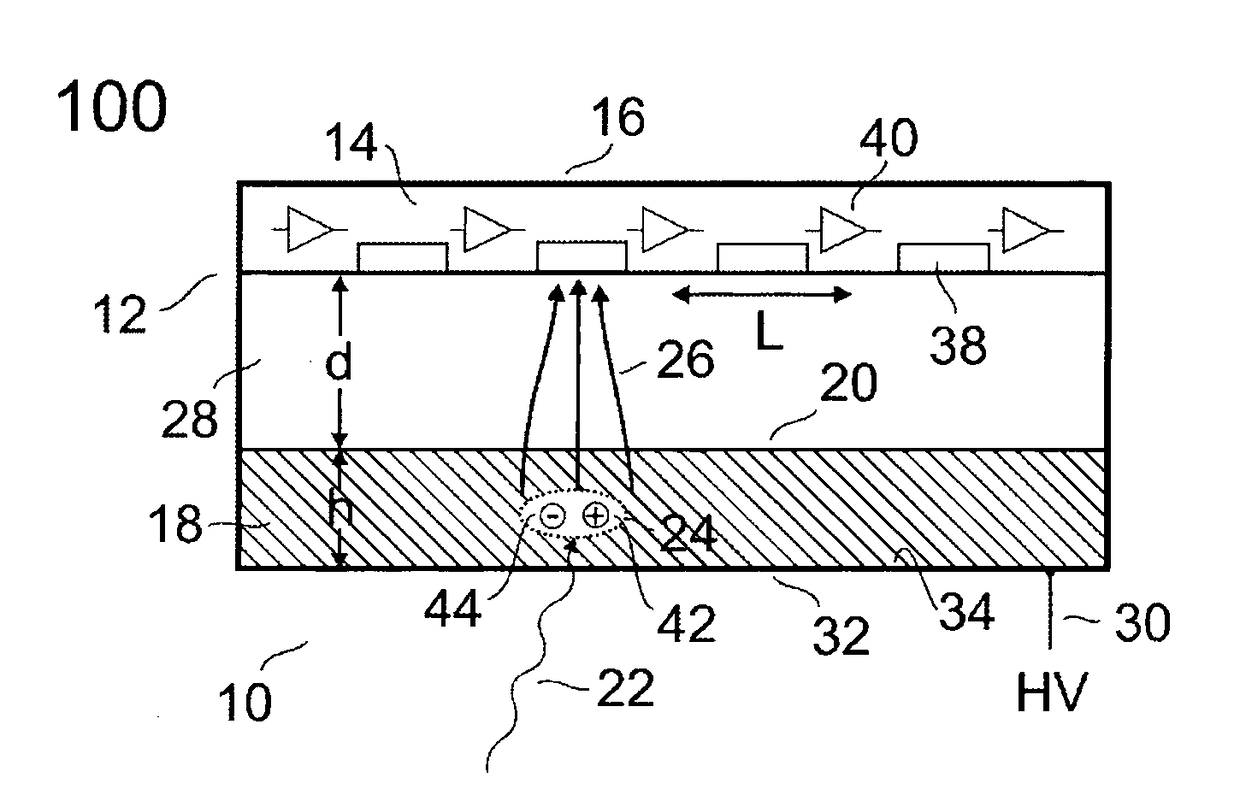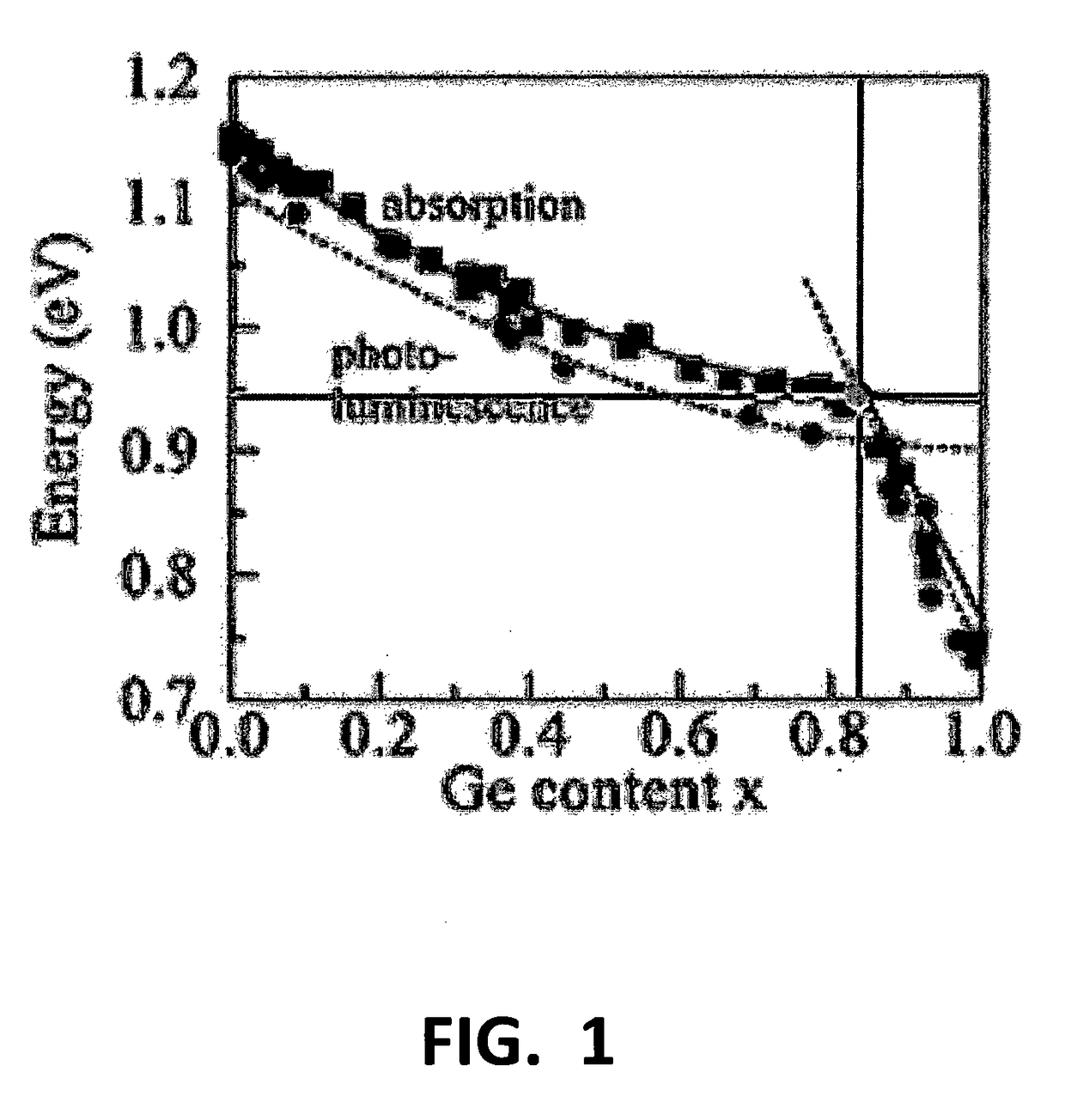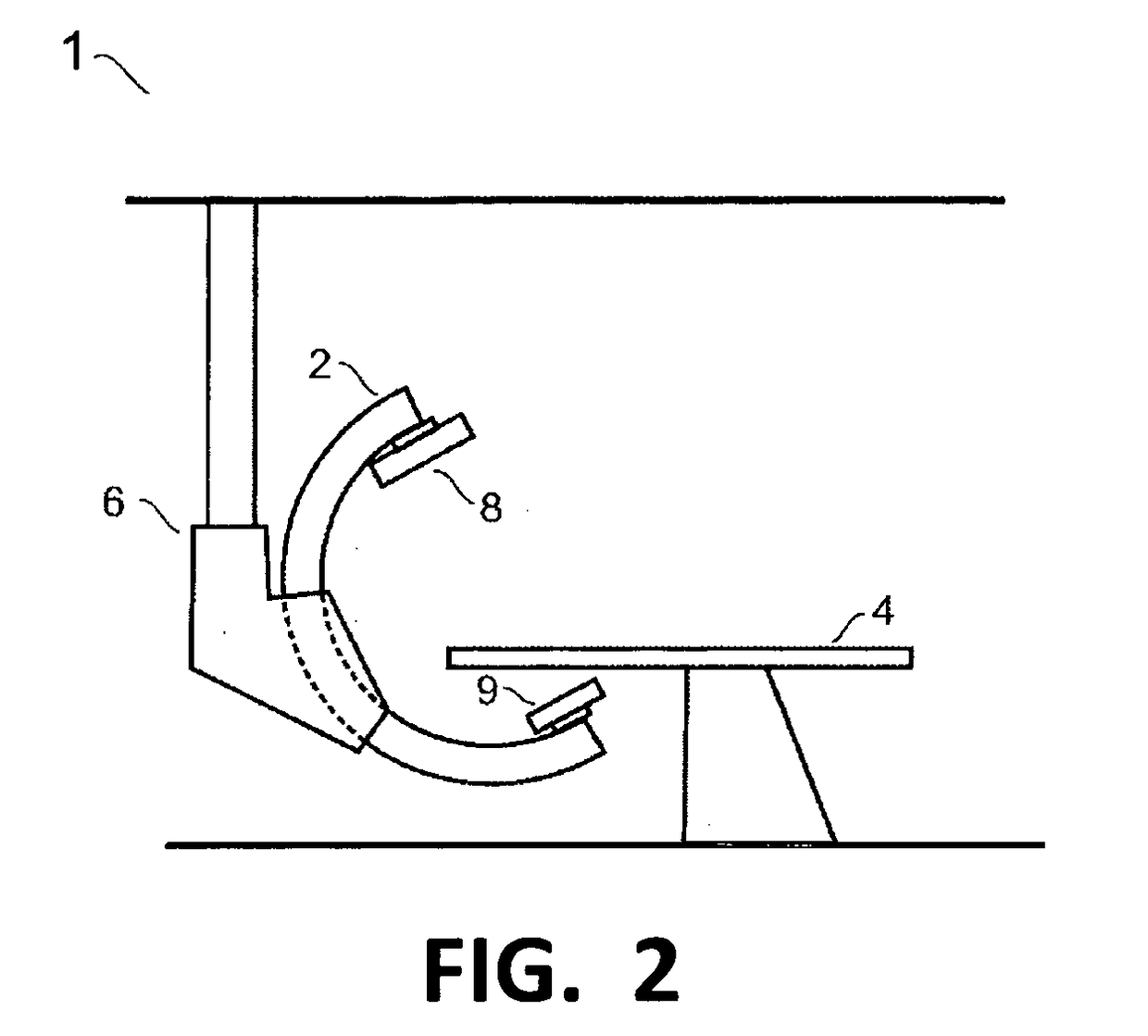Photon counting cone-beam ct apparatus with monolithic CMOS integrated pixel detectors
a technology of pixel detectors and cone beams, applied in the field of computed tomography (ct) imaging equipment, can solve the problems of limited detection efficiency, reduced radiation dose absorption, and low conversion efficiency of two-stage conversion processes, and achieve the effect of reducing radiation dose absorption
- Summary
- Abstract
- Description
- Claims
- Application Information
AI Technical Summary
Benefits of technology
Problems solved by technology
Method used
Image
Examples
Embodiment Construction
[0072]It is the aim of this invention to enable a multitude of improved capabilities and new applications for X-ray 3D imaging for example in mammography and in the interventional suite at lower radiation dose by overcoming the limits of actual absorption materials in detectors and manufacturing processes.
[0073]The invention solves in particular the problems of materials incompatibility preventing the fabrication of sensitive, large area monolithic pixel detectors (FPD) employing high-Z materials to enhance absorption especially of X-ray photons with energies typically above 40 keV for use for example in C-arm Cone Beam Computed Tomography (CBCT) units. It is based on low-temperature direct wafer bonding techniques, preferably below 100° C. or even at room temperature, by means of which a CMOS processed readout unit and a single crystal absorber are combined in a monolithic detector structure. The invention is applicable in principle to any absorber material of which large wafers co...
PUM
 Login to View More
Login to View More Abstract
Description
Claims
Application Information
 Login to View More
Login to View More - R&D
- Intellectual Property
- Life Sciences
- Materials
- Tech Scout
- Unparalleled Data Quality
- Higher Quality Content
- 60% Fewer Hallucinations
Browse by: Latest US Patents, China's latest patents, Technical Efficacy Thesaurus, Application Domain, Technology Topic, Popular Technical Reports.
© 2025 PatSnap. All rights reserved.Legal|Privacy policy|Modern Slavery Act Transparency Statement|Sitemap|About US| Contact US: help@patsnap.com



